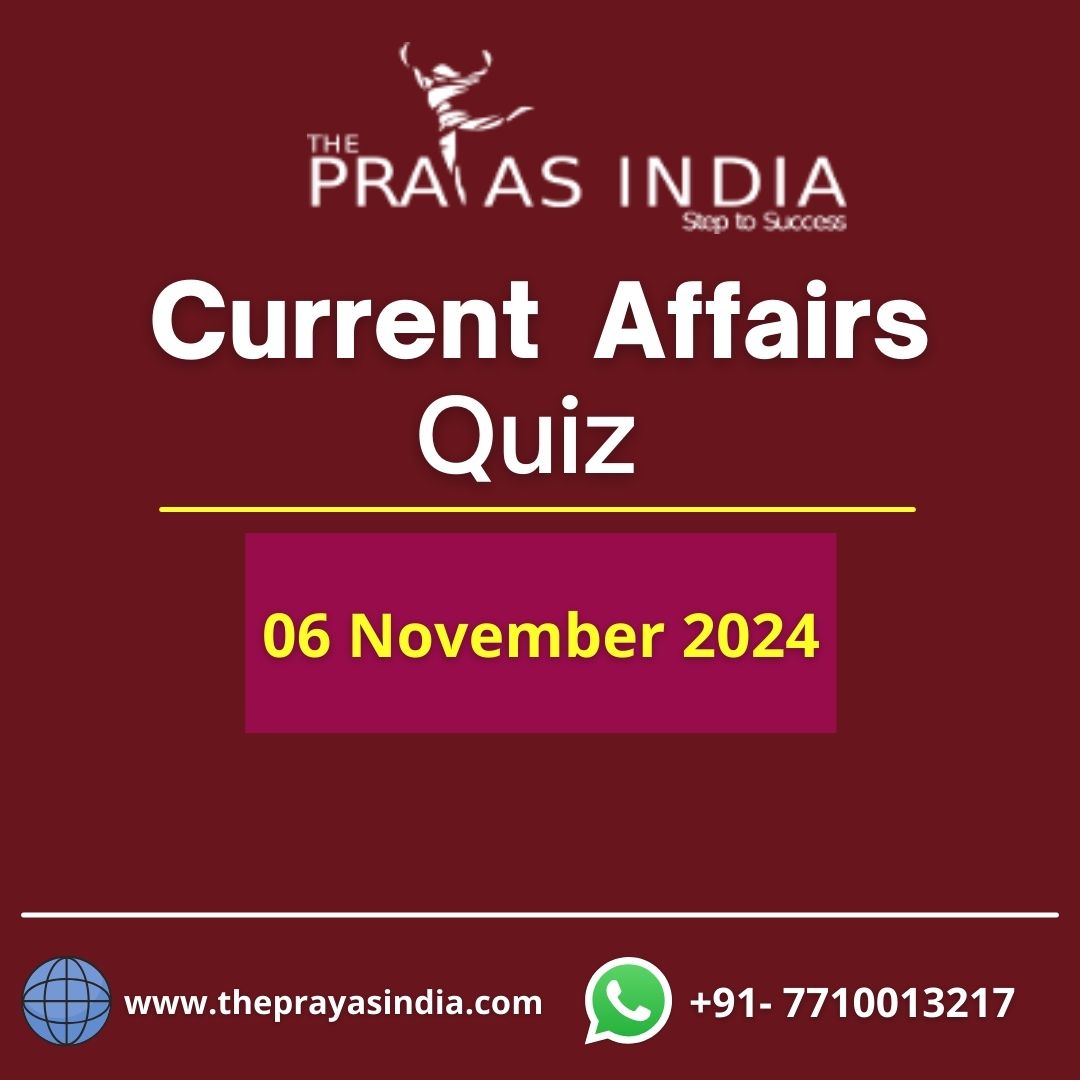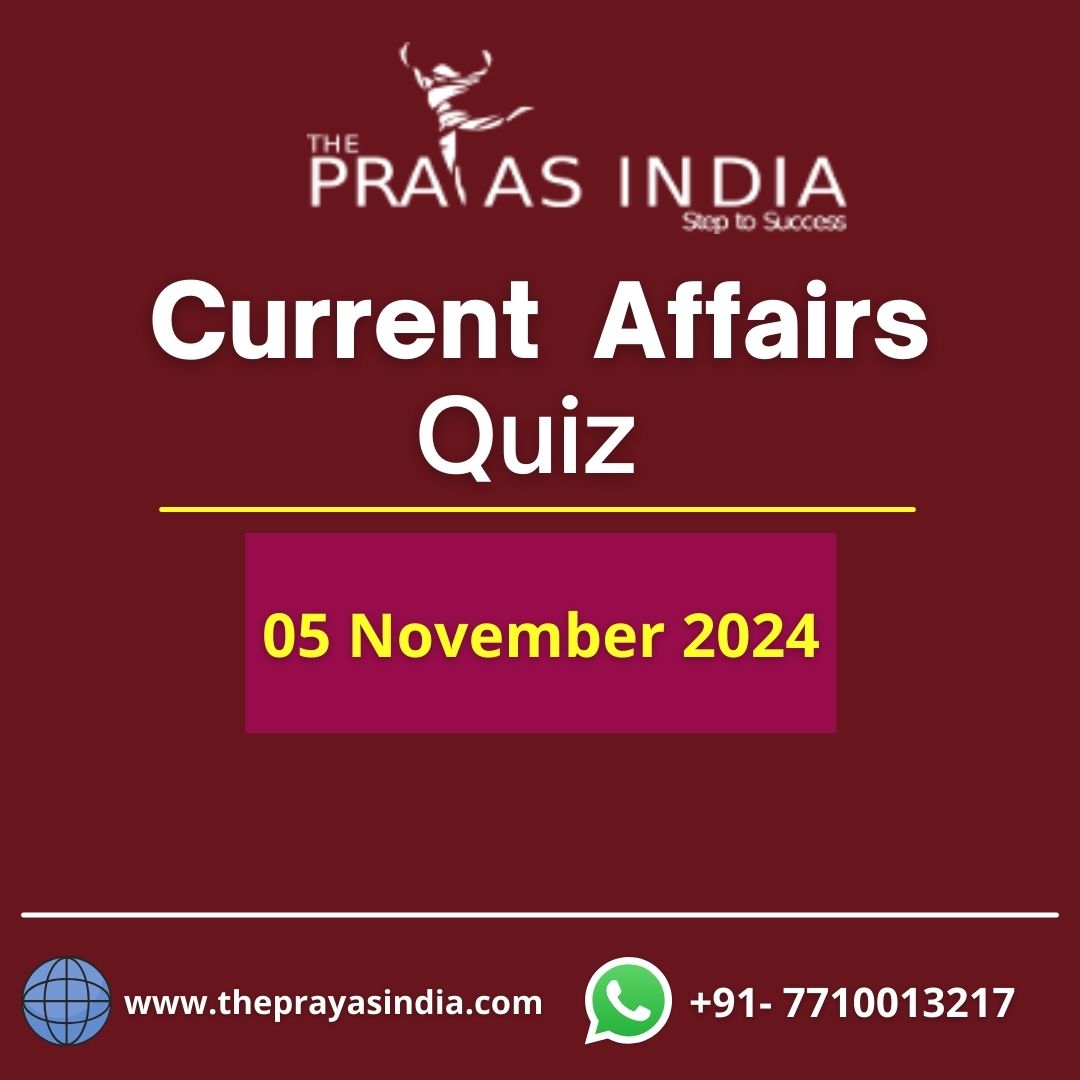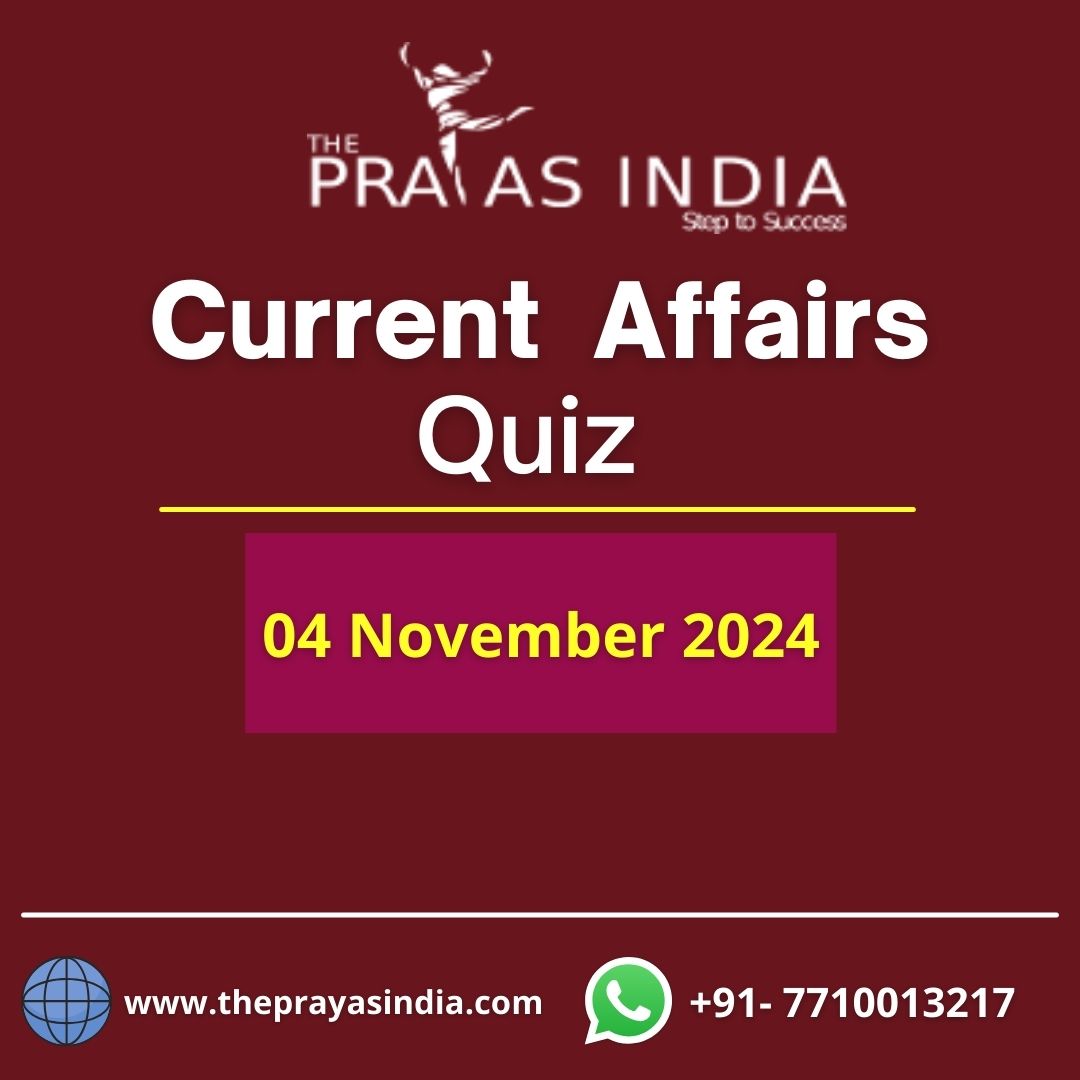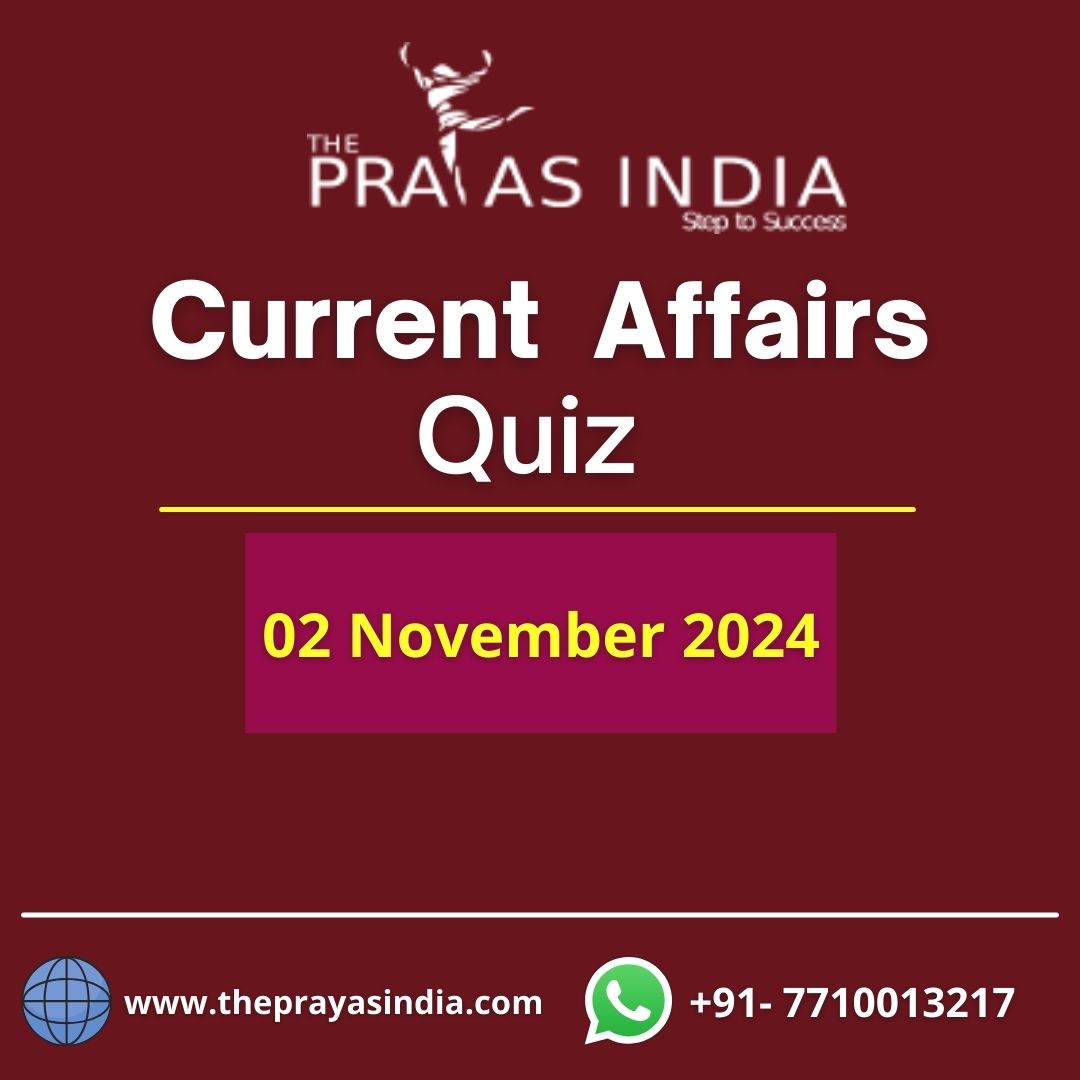Q1. With reference to the recent Supreme Court judgment on sub-classification of Scheduled Castes (SCs) and Scheduled Tribes (STs), consider the following statements:
- The Supreme Court ruled that states do not have the authority to sub-classify SCs and STs for reservation purposes.
- The judgment allows the application of the ‘creamy layer’ principle to SCs and STs.
- The sub-classification of SCs and STs is limited to states with a legislative assembly only.
How many of the above statements are correct?
(a) Only one
(b) Only two
(c) All three
(d) None
Ans: (a)
Explanation:
- Statement 1: The Supreme Court ruled that states do have the authority to sub-classify SCs and STs within the reserved quota, provided it is based on empirical data and historical evidence of discrimination. So, this statement is incorrect.
- Statement 2: The judgment indeed allows the application of the ‘creamy layer’ principle to SCs and STs, meaning those who have already benefited from reservation may be excluded from further benefits. This statement is correct.
- Statement 3: The judgment is not limited to states with a legislative assembly; it applies to all states and union territories with provisions for reservation. So, this statement is incorrect.
Q2. Consider the following statements regarding the E.V. Chinnaiah vs. State of Andhra Pradesh (2004) case and the recent Supreme Court verdict on the sub-classification of Scheduled Castes (SCs) and Scheduled Tribes (STs):
- The E.V. Chinnaiah case ruled that SCs and STs cannot be subdivided for the purpose of reservation.
- The recent Supreme Court judgment has overturned the E.V. Chinnaiah ruling, allowing sub-classification of SCs and STs.
- The Supreme Court has mandated that reservation policies should now only benefit the first generation of beneficiaries within a family.
Which of the statements given above is/are correct?
(a) 1 and 2 only
(b) 2 and 3 only
(c) 1 and 3 only
(d) 1, 2, and 3
Ans: (a)
Explanation:
- Statement 1: The E.V. Chinnaiah vs. State of Andhra Pradesh (2004) ruling held that SCs and STs form a homogeneous group and cannot be subdivided for reservation purposes. This statement is correct.
- Statement 2: The recent Supreme Court judgment has indeed overturned the E.V. Chinnaiah ruling, allowing the sub-classification of SCs and STs based on empirical data. This statement is correct.
- Statement 3: The Supreme Court did not mandate that reservation policies should only benefit the first generation of beneficiaries within a family; rather, it focused on sub-classification to ensure that the most disadvantaged receive the benefits. This statement is incorrect.
Q3. With reference to landslides in India, consider the following statements:
- The Western Ghats and the Himalayas are the two most landslide-prone regions in India.
- Landslides are primarily caused by deforestation and human activities in India.
- The Geological Survey of India (GSI) is responsible for the Landslide Atlas of India, which maps landslide-prone areas across the country.
How many of the above statements are correct?
(a) Only one
(b) Only two
(c) All three
(d) None
Ans: (b)
Explanation:
- Statement 1: Correct. The Western Ghats and the Himalayas are indeed the two most landslide-prone regions in India, with the Himalayas accounting for the majority of landslide events due to their young fold mountains and tectonic activity, while the Western Ghats experience landslides due to heavy monsoon rains and fragile ecological conditions.
- Statement 2: Incorrect. While deforestation and human activities like construction and mining do contribute to landslides, natural factors such as heavy rainfall, earthquakes, and soil composition are also significant causes.
- Statement 3: Correct. The Geological Survey of India (GSI) is indeed responsible for creating the Landslide Atlas of India, which maps landslide-prone areas across the country to aid in disaster management and planning.
Q4. Consider the following statements regarding the National Landslide Risk Management Strategy in India:
- It includes the establishment of Urban Disaster Management Authorities for major cities and state capitals.
- It emphasizes both structural and non-structural measures for landslide risk mitigation.
- It is a scheme specifically for developing landslide-prone regions in the Western Ghats.
Which of the statements given above is/are correct?
(a) 1 and 2 only
(b) 2 only
(c) 3 only
(d) 1, 2, and 3
Ans: (b)
Explanation:
- Statement 1: Incorrect. The establishment of Urban Disaster Management Authorities is proposed under the Disaster Management (Amendment) Bill, 2024, not specifically under the National Landslide Risk Management Strategy.
- Statement 2: Correct. The National Landslide Risk Management Strategy indeed emphasizes both structural (like slope stabilization) and non-structural measures (like awareness and capacity building) to mitigate landslide risks.
- Statement 3: Incorrect. The National Landslide Risk Management Strategy is not limited to the Western Ghats but is a comprehensive strategy that addresses landslide risks across various vulnerable regions in India, including the Himalayas, Northeastern states, and other hilly terrains.
Q5. With reference to “The State of the World’s Mangroves 2024” report, consider the following statements:
- Southeast Asia accounts for approximately one-third of the global mangrove area.
- Mangroves in the Philippines have an average carbon storage of 394 tonnes per hectare.
- The Global Mangrove Alliance aims to double the protection of mangrove areas to 80% by 2030.
Which of the above statements is/are correct?
(a) Only one
(b) Only two
(c) All three
(d) None
Ans: (b)
Explanation:
- Statement 1: Correct. Southeast Asia does hold about one-third of the world’s mangroves, with Indonesia alone accounting for 21%.
- Statement 2: Incorrect. Mangroves in the Philippines have an average carbon storage value of over 650 tonnes per hectare, not 394 tonnes.
- Statement 3: Correct. The Global Mangrove Alliance aims to double the protection of mangrove areas to 80% by 2030.




